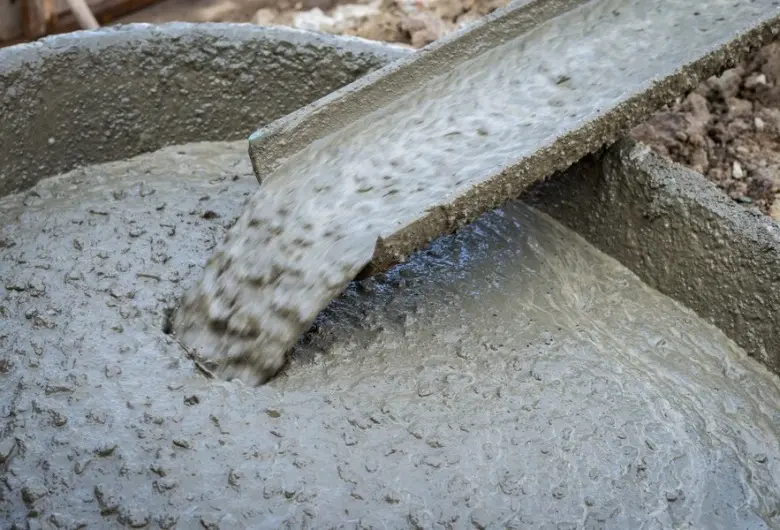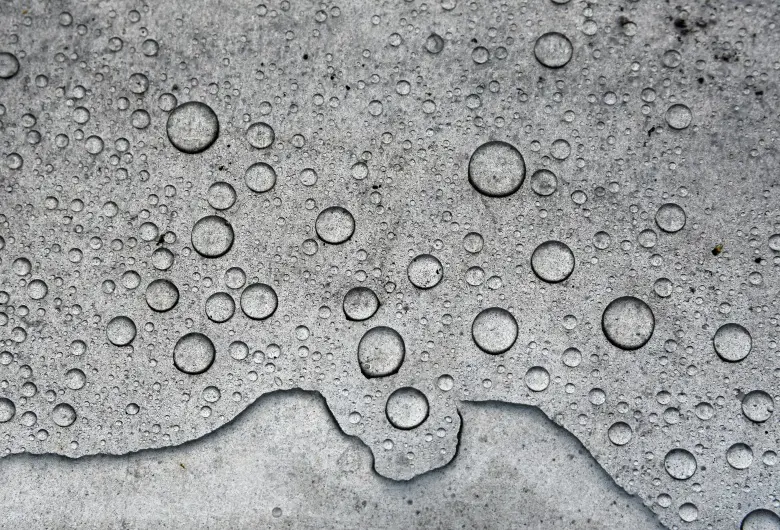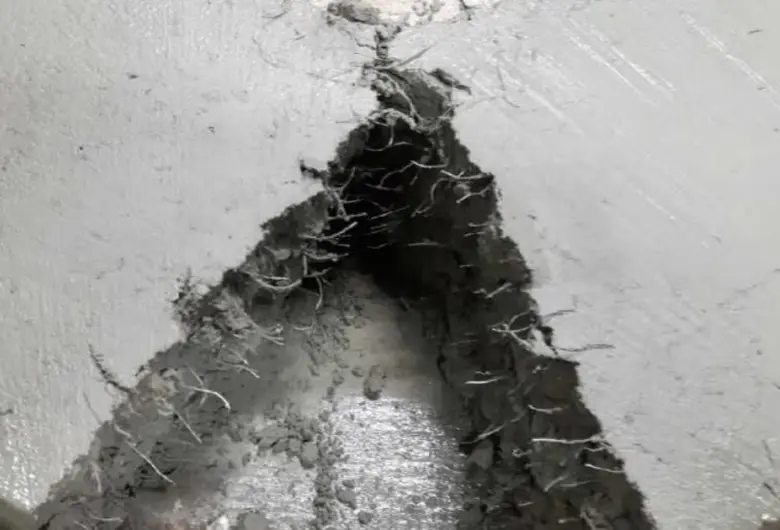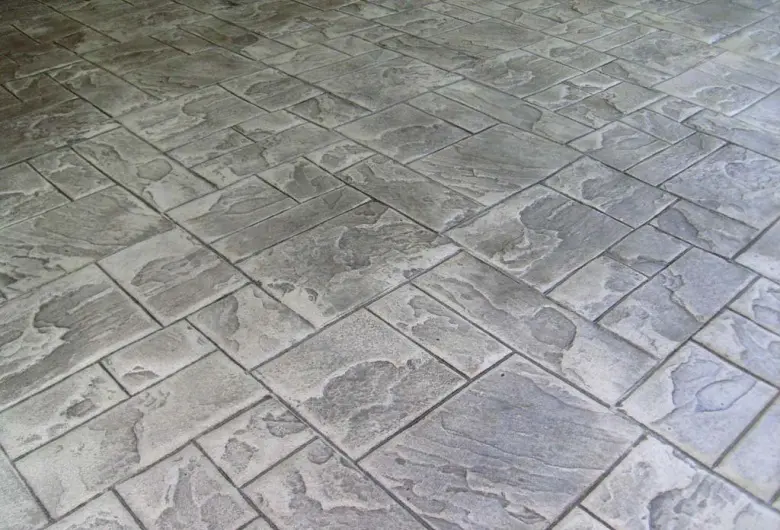About RMC
RMC
Most Wanted Material
RMC is most vital material in modern construction. It has versatile properties like easy mould ability, high compressive strength and long lasting durability. These properties of concrete have made it most popular construction material for all types of civil engineering works. The latest developments in concrete technology have made it possible to use it in intricate and architecturally complex structures, requiring high degree of performance and aesthetic appearance.
In addition to normal concrete, other varieties in use are, high strength and high performance concrete, self compacting, light weight, high density, fibre reinforced, polymer, colored concrete etc.
The ingredients of good and bad concrete are the same. The difference lies in the technology used for production, transportation and placement. The making of concrete is an art as well as a science. Science because all the ingredients are proportioned as per the standard codes of practice to get the targeted strength & durability, and an art because in addition to accurate proportioning, quality of concrete depends on the way it is mixed, placed, compacted, finished, cured and protected. Ready Mix Concrete (RMC) technology results in a perfect blend of the Art and Science.
In all the developed as well as most of the developing nations, use of RMC for construction has made it possible to achieve speed and quality. The advent of commercial RMC in India is about a decade old, but in recent years it has become the preferred choice of architects, engineers and consumers. Eco Infra is committed to provide customized high quality RMC for ensuring speedy construction.
We encourage you to call your local sales representative to take a plant and laboratory tour and meet the people who work hard as a team to ensure that you have the best quality concrete experience, from load to load.
Why Use
Ready Mixed Concrete (RMC) ?
Concrete, in its freshly mixed state, is a plastic workable mixture that can be cast into virtually any desired shape. The properties of concrete can be customized for almost any application to serve in a wide variety of extreme environments. Concrete is a very economical building material that can serve its function for several years with minimum maintenance, provided the proper mixture relative to the application and established construction practices are used. A wide variety of options with color, texture and architectural detail are available to enhance the aesthetic quality of the concrete application.

10 Advantages of using Ready Mix Concrete (RMC)
- Quality Assured Concrete – RMC comes with consistency in quality through accurate & computerized control of sand, aggregates and water as per mix designs.
- Ready Mix Concrete (RMC) allows speedy construction through programmed delivery at site, mechanized operation with consequent economy.
- Reduced project time resulting in savings in all aspects.
- Production of RMC helps in minimizing material wastage.
- RMC improves the durability and sustainability of the concrete.
- Instead of purchasing the raw materials by individuals and experimenting every time with handling and proportioning, it would be far better idea to entrust all these activities to some expert supplier who is Eliminating or minimizing human error.
- Reduction in dependency on labor.
- No need for space for storing the materials like coarse and fine aggregate, cement, water and admixtures.
- Production of RMC is relatively pollution free.
- Last and the most important; Service Life of RMC with well deployed RCC is more than 100 years.
Types of RMC
At Eco Infra, we have a wide range of products and services, including technical support for its different types of ready-mix concrete. Below are a few examples of ready-mix concrete technologies with special properties and performance. In addition to above, at ECO Infra, we produce customized special types of concrete for different applications.
An overview of the same are mentioned below:
Frequently Asked Questions
A detailed answer to the first part of the question is enumerated in the write-up on “What is ready-mixed concrete?” under the heading Customer Support. Briefly, the two main advantages of ready-mixed concrete are: vast improvement in the quality and uniformity of concrete and enhanced speed of construction. Besides, there are many other advantages which include savings in labour, reduction in wastage, elimination of material procurement requirements and storage hassles, etc. All these advantages clearly establish the technical superiority of ready-mixed concrete over site-mixed concrete. As regards cost, ready-mixed is slightly costlier than site-mixed concrete. This increased cost is mainly on account of government taxation. It is indeed unfortunate that a quality product like ready-mixed concrete is taxed in our country, whereas there is no tax on site-mixed concrete! If tax component is removed, the cost of ready-mixed would be quite close to that of the site-mixed concrete. However, if due consideration is given to the higher speed of construction (which is possible due to use of ready-mixed concrete) the savings on account of early completion of the project would far outweigh the increased cost of ready-mixed concrete. Further, the improved quality of RMC would go a long way in enhancing the long-term durability, thus reducing the maintenance and repair expenses and hence the life-cycle cost of your structures. In addition, the savings in labour and wastage would also be available to you. Thus, if you look at the overall advantages and savings, the increased cost of ready-mixed concrete would appear to be a paltry sum.
Yes, ready-mixed concrete is a well-established technology. It was first patented in Germany, way back in 1903. By 1950s, the use of ready mixed concrete picked up in most of the advanced countries in Europe and America. Presently, nearly 75 % of the cement used in the USA is routed through ready-mixed concrete outlets. The corresponding average figure in Europe was 46.7% in the year 2005. Technologically speaking, the production process of ready mixed concrete has been continuously been upgraded, leading to improvement in product quality and uniformity. Today’s plants are highly automated and consist of state-of-the-art equipment having computerized controls on the entire production process. Compared to the advanced countries, India was a late starter in ready-mixed concrete. RMC-India is one of the pioneers in bringing this technology to India in 1996. During the past more than a decade, RMC-India and many other leading manufacturers have expanded their operations to various metropolitan and other big cities in India. Sufficient experience and expertise have been now obtained in the production and use of ready-mixed concrete. You can certainly bank on this experience
Your architect/engineers need to work out the grade-wise concrete requirements and communicate the same to our plant. They are the right people and are in a better position to decide the quantities required. Concrete is generally specified in terms of the 28-day compressive strength and workability (usually slump) at placement point. These two are basic minimum requirements for us to design concrete mixes for you. We will ensure that concretes in accurate quantity and appropriate quality are delivered to your satisfaction.
All over the world, the basis of purchase and hence measurement of ready-mixed concrete is the volume of freshly mixed concrete. The Indian Standard on ready-mixed concrete, IS 4926:2003 states, “All concrete will be supplied and invoiced in terms of cubic meters (full or part) of compacted fresh concrete”. If the measurement is based on the simple L x D x H multiplication, it would be unfair to the RMC producer as it would not include the wastage and spillage of concrete, miscalculations in form volume, deflection or distortions of forms, settlement of wet mixes, over excavation, loss of entrained air, etc. In most of these cases, the responsibility does not lie with the RMC producer. Improper excavation is a common site problem. Deflection or distortion of forms is also quite common. It is observed that if the centre of 150-mm thick formwork of a slab gets deflected by 5 mm, an increased volume of 3 % would be required at the centre, decreasing towards the edges. Therefore ready-mixed concrete should only be measured based on the actual volume of fresh concrete supplied through transit mixers.
We are a professionally managed ready-mixed concrete company, operating a fully automated and computerized batching system with the help of highly motivated personnel trained to control all process parameters carefully. Production data is automatically recorded and stored electronically in plant-based computers and can be retrieved and verified whenever you wish to do so. Our plant has a weighbridge and all incoming materials are accurately weighed before being stored. Similarly, transit mixers carrying concrete are weighed from time to time to verify the accuracy of the material being supplied to various sites. You may visit our plant with prior appointment and verify the weights of the outgoing trucks on random basis. . Further, we measure the plastic density of fresh concrete from time to time and match the same with the theoretical density. In case of any noticeable discrepancy in the two values, immediate action is taken to rectify errors, if any. Last, but not the least, our Company has an unblemished reputation of adhering to ethical practices. Hence, you may safely trust us for your quantities.
We are a professionally managed ready-mixed concrete company, operating a fully automated and computerized batching system with the help of highly motivated personnel trained to control all process parameters carefully. Production data is automatically recorded and stored electronically in plant-based computers and can be retrieved and verified whenever you wish to do so. Our plant has a weighbridge and all incoming materials are accurately weighed before being stored. Similarly, transit mixers carrying concrete are weighed from time to time to verify the accuracy of the material being supplied to various sites. You may visit our plant with prior appointment and verify the weights of the outgoing trucks on random basis. . Further, we measure the plastic density of fresh concrete from time to time and match the same with the theoretical density. In case of any noticeable discrepancy in the two values, immediate action is taken to rectify errors, if any. Last, but not the least, our Company has an unblemished reputation of adhering to ethical practices. Hence, you may safely trust us for your quantities.
Long-term durability of your structures is dependent upon a variety of factors. Important amongst them are the exposure conditions to which the structure will be subjected to during service life, structural design and detailing, quality of concrete and precautions taken during placement, compaction and curing of concrete. A plethora of research conducted on the topic of durability indicates that permeability of concrete is the crux of durability and that it is governed by numerous factors such as water-to-cementitious ratio, mix proportions, properties and replacement levels of supplementary cementitious materials such as fly ash, silica fume, ground granulated blast-furnace slag, and the levels of controls exercised during placement, compaction and curing. Our strict QA & QC practices will ensure good quality concrete, which will provide some assurance to you about its long-term durability. In addition, with the consent of owner/architect/consultant, we do incorporate supplementary cementitious cementitious material in our concretes to improve long-term durability. However, it well known that durability is also governed by field practices, and you would appreciate that these are beyond our control. Correct placement of concrete, its proper compaction and adequate curing go a long way in ensuring the long-term durability. However, the responsibilities on these accounts lie within the scope of the contractor.
Fly ash, obtained from thermal power plant in itself does not possess cementitious properties. However, in its fine form, its particles react with the calcium hydroxide produced in the hydration process of cement, leading to generation of beneficial products of hydration. Voluminous research work done throughout the world on the use of fly ash clearly reveals a number of advantages, leading to multi-level improvements in the properties of concrete, both in its fresh and hardened states. These mainly include improvement in workability and pumpability, reduction in bleeding, improved later-age strength gain and enhancement in long-term durability of structures. These improvements would happen, provided fly ash used in concrete possesses specific physical properties and adequate curing is carried out by the contractor. On our part, we take utmost care to ensure that only good quality of fly ash is used in production. The physical properties of fly ash as well as its uniformity requirements are checked from time to time to ensure compliance with the requirements of IS 3812:2003. As a quick and reliable check, each consignment of fly ash is checked by us for the % retained on 45 micron sieve. If the requirements are not satisfactory, we reject the consignment. You would thus observe that on our part, we take utmost care to provide you a better quality fly ash concrete that is better in terms of later-age strengths and long-term durability.
One of the important hallmarks of ready-mixed concrete is higher speed of construction. If this objective is to be realized, it is essential for your contractor to align his operations to the mutually-agreed schedule of concrete placement. If speedy production and bulk transportation are not matched by equally speedy placement, the basic advantage of using RMC would be lost. Placing concrete with the help of pump would be an ideal solution. In fact, we also provide this service and you can surely entrust this responsibility on us. However, pumping is not suitable for all applications. You may have to use other means of placement. While doing so, kindly ensure that there is least involvement of manual labour and that our transit mixers are emptied within a span ranging between 30-45 minutes. The IS 4926: 2003 clearly states, “The purchaser should plan his arrangements so as to enable a full load of concrete to be discharged within 30 minutes of arrival on site”.
We carry out sufficient number of lab and field trials for various concrete mixes, which are designed for client-specified slump and compressive strengths. On approval of the mixes the recipes are finalized and incorporated in the computer-controlled automated production systems of our plants. Once this is done, there is less likelihood of any manual error on our part. However, slight variation in slump occurs due to a host of factors such as variation in the ambient temperature and humidity, possible delay in transport due to traffic jams, variation in aggregate grading, errors in sampling and in carrying out slump test, etc. With a view to account for these factors, the BIS code allows a ± 25 mm variation in slump. Thus, if the specified slump is 100mm, variation from 75 to 125 mm is allowable by code. You should therefore be satisfied if the slump at your site is within ± 25 mm of the specified limit.
When the 28-day strength is specified, we are responsible and would provide guarantee for the same. As far as 7-day strength is concerned, we can provide you only the indicative range of strengths. However, contractually speaking you would appreciate that we cannot provide guarantee for the 7-day strength. In case you specify early-age strength, (say strength at 3 or 7 days), we have the capability to satisfy your requirements; however our quotation for the early-age strength would usually be higher than that for the 28-day strength.
The IS 4926:2003 recommends that one sample should be taken for every 50 m3 of production or every 50 batches, whichever is the greater frequency. For an automated production process having computerized controls, established in all our plants, manual errors are drastically minimized leading to reduction in batch-to-batch variations; hence it is not essential to take samples frequently. Many specifications in other countries specify a much larger frequency of sampling; e.g. the ACI 318:08 specifies one sample to be drawn for each 150 yd3 (115 m3) of concrete, while the European code EN 206 specifies one sample for every 200 m3 of concrete with production control certification. In our day-to-day practice we follow the IS norms, that is one sample for every 50 m3 of production or every 50 batches, whichever is the greater frequency. In addition to having automated and computer-controlled production facility, we also practice a meticulous QA and QC practice. As a result, variations in properties of concrete are further minimized. We feel that once you are able to develop certain level of confidence within our systems, it may be possible for you to specify larger frequency of sampling. We would welcome this step and extend the necessary co-operation to you.
Although sampling and test cube preparation are simple methods, the procedures are operator-sensitive; hence it is essential to employ trained personnel. Take for example, extraction of a “representative” sample. You know that correct procedure involves taking four incremental samples from the middle 80% of the load, ignoring the first and the last 10% portion coming out from the truck mixer and then thoroughly mixing the incremental samples. Unless workmen are trained in this operation, they tend to violate the correct procedures. Similarly, standard procedures for making cube test specimens (filling cubes in layers, tamping each layer 25 times, adequate protection and curing of test specimens, etc.) tend to get violated on many occasions. This is mainly because the workmen at site are not trained adequately to do these jobs. If sampling and cube preparation work are done incorrectly, test results could be erroneous and the producer may get punished for no fault his own. Therefore, it is our considered opinion that sampling and cube preparation should be done only by the trained and experienced personnel.
Yes. However, you would appreciate that our responsibility for the quality of concrete (slump, density and compressive strength) will only be valid till we pour concrete in your vehicles.
Irrespective of the type of concrete being used, the curing process for concrete should commence immediately once the concrete surface looses its sheen, which is normally within 2 hours after finishing compaction of concrete. Else, it will lead to plastic shrinkage cracks. For more details, you may refer to our booklet on “Placing, Compaction and Curing of Concrete: Quick Tips”, a pdf version of which is available on our web site.







